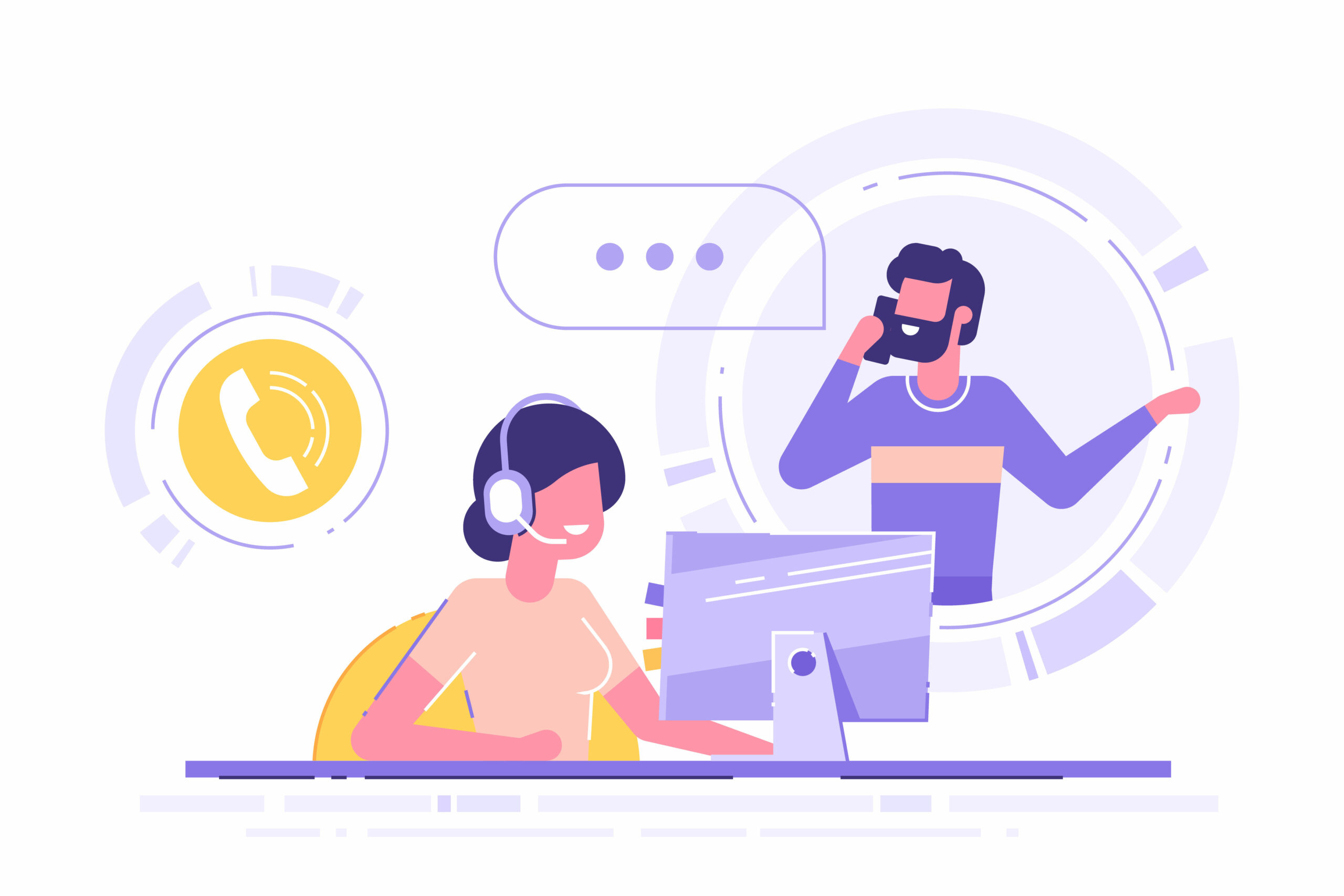Over the years, I’ve gotten many emails from readers concerned about the ratio of principal to interest on their monthly student loan payments.
The emails usually look something like this:
Dear Sherpa,
When I make student loan payments, my lender counts almost all of my payment as interest, and very little goes to the principal balance. Is there a mistake? Is my student loan company cheating somehow?
How can I make more of my payment go towards principal?
Thanks,
A Concerned Borrower
Even though there isn’t a way to get payments to count towards 100% principal, there are several ways to improve things.
Making Extra Payments
Most borrowers don’t have extra cash sitting around that they can use to pay down their student loans. However, if you can spare a few extra bucks each month to make slightly larger payments, it can make a meaningful difference.
The math is kind of crazy.
If you have a $100 per month student loan payment, over $90 per month may be charged as interest. That leaves only $10 per month to lower the principal balance. If a borrower in this situation can find an extra $10 per month to pay towards their loan, the loan will get paid off six years early and save the borrower $5,000 in interest!
Why does a little extra make such a big difference?
When you make a student loan payment, your lender first takes out the interest charges for the previous month. After the interest, the rest of the payment lowers your principal balance.
If you pay extra, 100% of the extra payment lowers the principal.
Find a Way to Get a Lower Interest Rate
If interest is eating up most of your student loan payment, the odds are pretty good that you are dealing with a high-interest loan.
I’ve previously posted about over a dozen different ways to lower your interest rate. Some of the methods are difficult, like joining the military. Others are pretty easy, like signing up for auto-debits.
For borrowers with private loans, the most common solution to a high interest rate is refinancing with a new lender.
At present, the following lenders are offering the lowest refinance rates:
| Rank | Lender | Lowest Rate | Sherpa Review |
|---|---|---|---|
| T-1 | 5.28% | ELFI Review | |
| T-1 | 5.28%* | Splash Financial Review | |
| 3 | 5.49% | Laurel Road Review |
Unfortunately, for refinancing to be a viable option, borrowers will need a steady income and decent credit score.
What if All My Payment Counts as Interest? If your monthly payment doesn’t even cover the monthly interest on the loan, it usually means you are on an income-driven repayment plan and have a federal loan with a large balance. Borrowers in this situation should carefully consider the REPAYE plan for its interest subsidy and think about the different options for student loan forgiveness.
Focus on High-Interest Debt
Suppose you spend a total of $300 per month on all of your student loans. It is possible that getting lower payments on one loan and using the extra money on another loan can get your debt paid off sooner.
The big idea here is that high-interest debt is much more of an emergency than low-interest debt. If you focus your efforts on eliminating high-interest debt first, your ratio of principal to interest will quickly shift in a favorable direction.
In other words, if you focus on the high-interest loans first, you will pay off your debt sooner and spend less on interest.
There are a variety of federal repayment plans available. Many private lenders also offer repayment options for borrowers. If you can get a lower monthly bill on your low-interest loans, it becomes easier to attack the high-interest debt.
Don’t Miss Due Dates
Lenders don’t like to reduce principal balances. They prefer to charge interest and fees so that your debt continues to be a source of their income.
Lenders process payments in the following order:
- Late Fees and Other Charges
- Interest
- Principal
If you miss a payment deadline, you may get charged a late fee. Between the late fee and the month’s interest charges, very little payment may remain to reduce the principal balance.
Consider Auto-Debits: Allowing your lender to pull money out of your bank account each month has major pros and cons. On the pro side, you may qualify for a slight interest rate reduction. It will help you avoid missing a payment. The con is that your lender has access to your bank account. Some borrowers also run into issues with auto-debits leading to missed deadlines and late fees. If you go this route, keep a close eye on your first couple of payments to make sure things run smoothly.
The Ratio of Principal to Interest Gets Better Each Month
When interest eats up most of your student loan payment, it sucks. For many borrowers, it feels like the student loan will never get paid off.
The good news is that even just a little bit of principal paid down makes a difference. A smaller principal balance means the loans generate less interest. Less interest means the ratio of student loan interest to principal shifts slightly. As time passes more and more of your payment counts towards principal instead of interest.
With each passing month, things get better.




